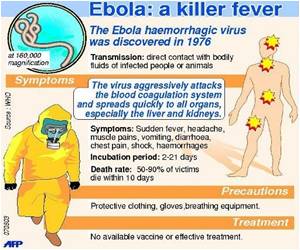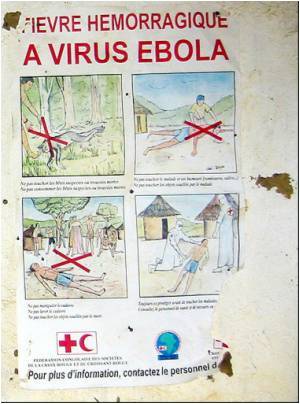New potential drug targets for the deadly Ebola virus may now be formed thanks to scientists who have discovered the molecular mechanism behind how it assembles

Erica Ollmann Saphire, Ph.D., professor in the Department of Immunology and Microbial Science at TSRI, said that like a 'Transformer', this protein of the Ebola virus adopts different shapes for different functions.
He asserted that it revises a central dogma of molecular biology-that a protein molecule has one shape that predestines one biological function.
Zachary Bornholdt, Ph.D., senior staff scientist and first author of the study, said that drugs to block viral replication could target any of the structures themselves or the intermediate steps in the structural transformation process.
Ebola hemorrhagic fever is one of the most virulent diseases known to humankind. Very few pathogens prove more dangerous than Ebola virus once a person is infected. There is no cure, and the case-fatality rate can be up to 90 percent, depending on which strain is involved.
To conduct the study, Dr. Saphire and her group at TSRI collaborated with Yoshihiro Kawaoka, Ph.D., D.V.M., who holds joint appointments at the University of Wisconsin and University of Tokyo.
Advertisement
The results, five years in the making, revealed the Ebola VP40 protein exists as a dimer, not as a monomer as previously thought, and it rearranges its structure to assemble filaments to build the virus shell or "matrix" to release countless new viruses from infected cells.
Advertisement
This "shape-shifting" or "transformer" behavior explains how the Ebola virus can control a multi-step viral lifecycle using only a very limited number of genes.
The study has been published in the peer-reviewed journal Cell.
Source-ANI












